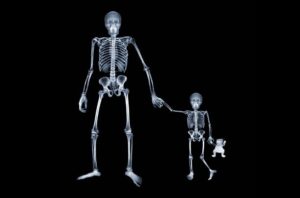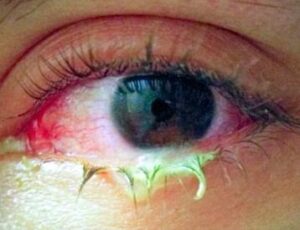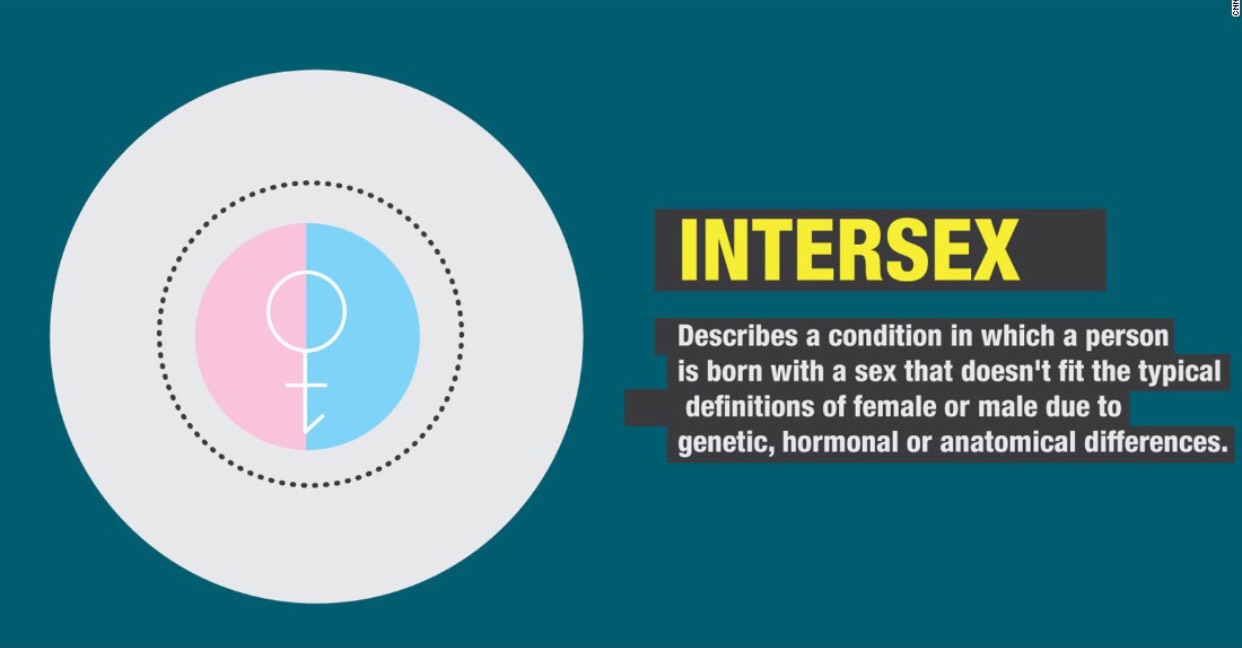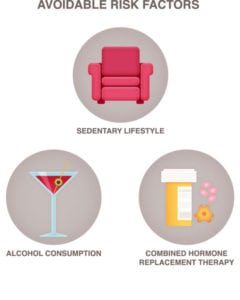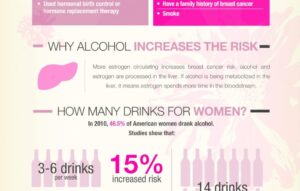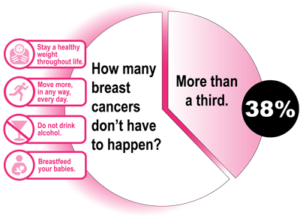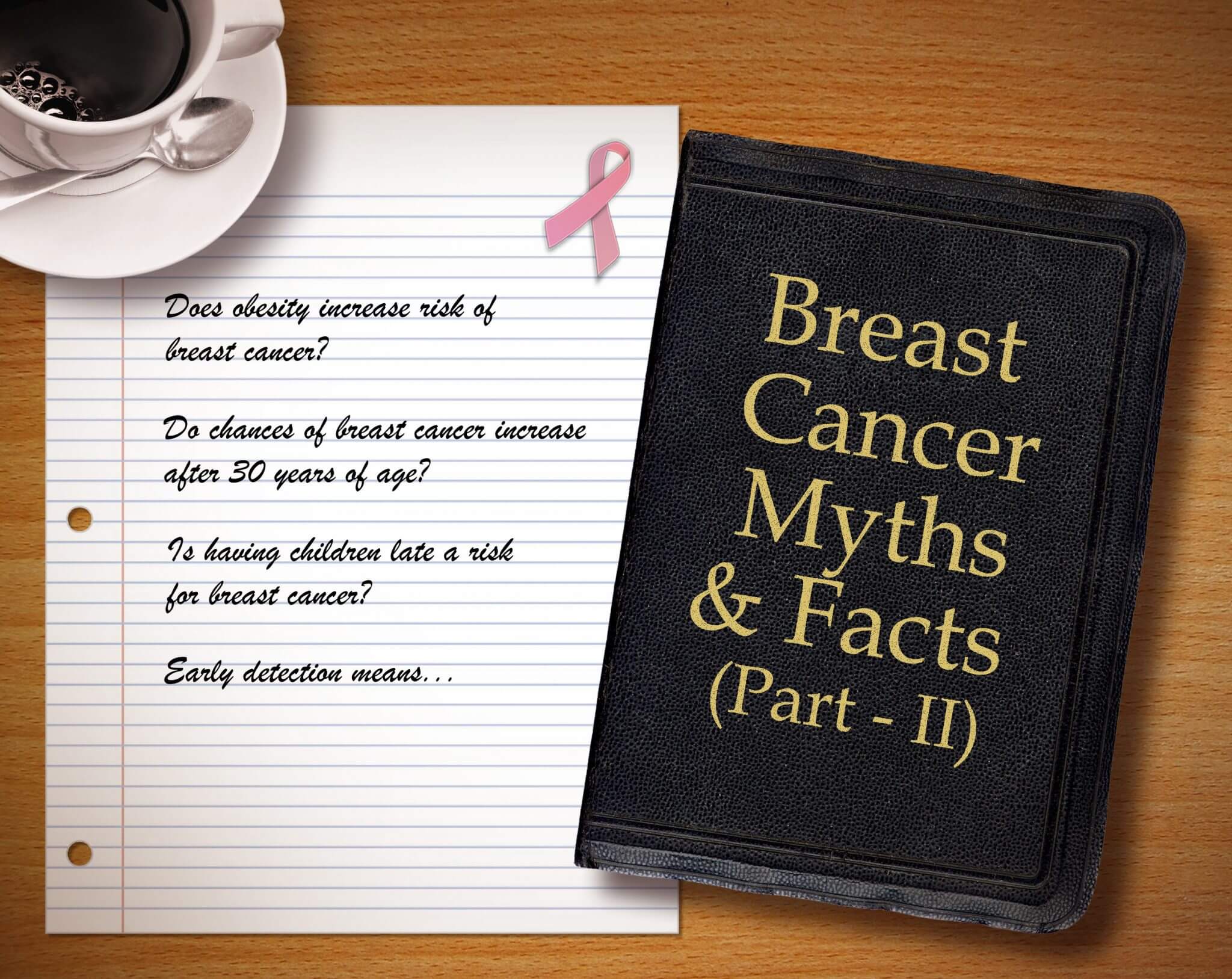Introduction
Unfortunately, if you’re diabetic, diabetic retinopathy is likely in your future. Don’t ignore this.
As you likely know, diabetics have a large amount of blood glucose (sugar) circulating in their blood. The high level of glucose can cause damage to many cells, including your eyes. If you are diabetic, your challenge is to learn how to slow down the process. This Straight, No Chaser addresses relatively frequent effects of diabetes on your eyes.
How does diabetes hurt my eyes?
Diabetes has direct (through the effects of high blood glucose) and indirect (through high blood pressure) effects on four parts of your eye: the lining in the back of your eye that senses light (the retina), the jelly-like fluid that fills the back of the eye (the vitreous), the lens (serves to focus light on the retina) and the optic nerve (the main nerve from the eye to the brain).
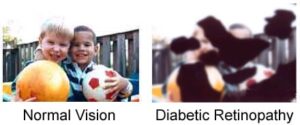
How can diabetes hurt the retinas of my eyes?
- Diabetic retinopathy is the term for the most common eye problem of diabetics. The retinas have tiny blood vessels that are easy to damage and do become damaged by high glucose levels. As retina problems get worse, new blood vessels grow. These new blood vessels are fragile and susceptible to leaking blood into the back of the eye. The leaking blood keeps light from reaching the retina. This can result in a sensation of seeing floating spots or almost total darkness.
- Over time, these damaged blood vessels can form scar tissue and pull the retina away from the back of the eye, causing detachment of the retina. A detached retina can cause loss of sight or blindness if you don’t take care of it right away.
How do I know if I have retina damage from diabetes?
You may or may not have any signs of retina damage, but here are the more common signs.
- blurry or double vision
- dark or floating spots
- pain or pressure in one or both of your eyes
- rings, flashing lights, or blank spots
- trouble seeing things out of the corners of your eyes
What other eye problems can happen to people with diabetes?
Cataracts and glaucoma are two other eye disorders that occur at a higher frequency in diabetics.
- A cataract is a cloud over the normally clear lens of your eye. Remember, the lens focuses light onto the retina, so the presence of a cataract makes everything you look at seem cloudy. You need surgery to remove the cataract, which replaces the bad lens with a permanent plastic lens.
- Glaucoma is a condition resulting from pressure building up in the eye. Eventually, this will damage the optic nerve, which will progressively reduce your vision. Treating glaucoma involves eye drops to lower the pressure in your eyes or surgery for advanced cases.
Of course, you want to know what steps you can take to prevent or slow the occurrences of these eye conditions. These will be discussed in an upcoming Straight, No Chaser.
Follow us!
Ask your SMA expert consultant any questions you may have on this topic. Also, take the #72HoursChallenge, and join the community. Additionally, as a thank you, we’re offering you a complimentary 30-day membership at www.72hourslife.com. Just use the code #NoChaser, and yes, it’s ok if you share!
Order your copy of Dr. Sterling’s books There are 72 Hours in a Day: Using Efficiency to Better Enjoy Every Part of Your Life and The 72 Hours in a Day Workbook: The Journey to The 72 Hours Life in 72 Days at Amazon or at www.jeffreysterlingbooks.com. Another free benefit to our readers is introductory pricing with multiple orders and bundles!
Thanks for liking and following Straight, No Chaser! This public service provides a sample of http://www.SterlingMedicalAdvice.com (SMA) and 844-SMA-TALK. Likewise, please share our page with your friends on WordPress! Also like us on Facebook @ SterlingMedicalAdvice.com! Follow us on Twitter at @asksterlingmd.
Copyright © 2018 · Sterling Initiatives, LLC · Powered by WordPress















